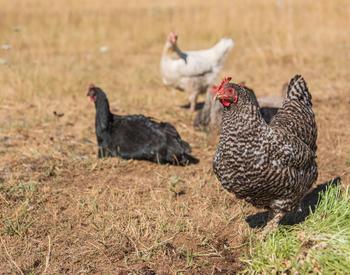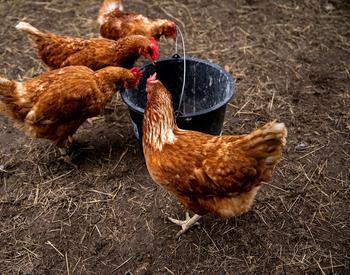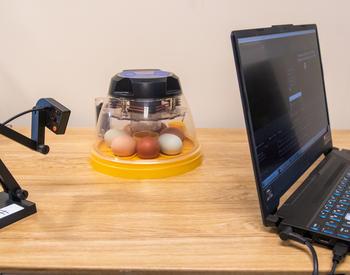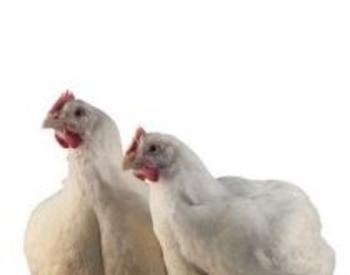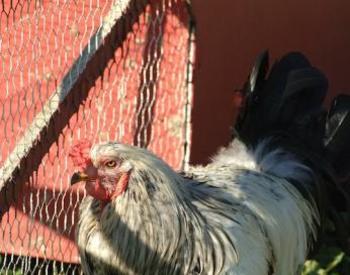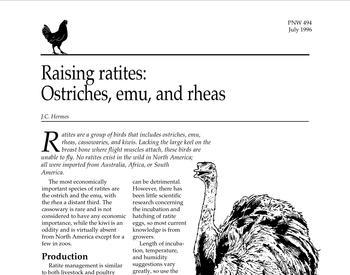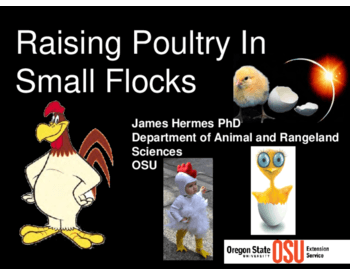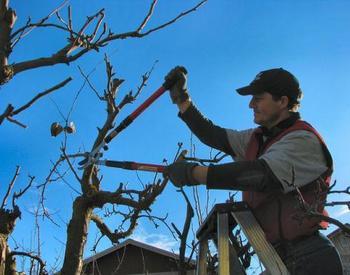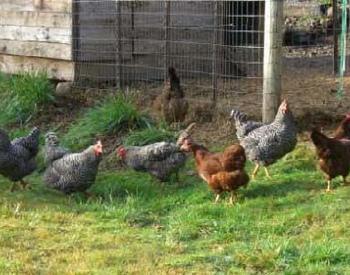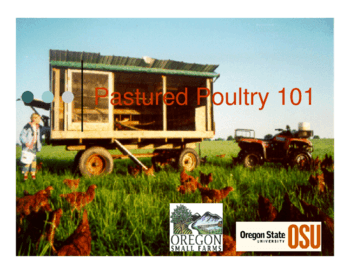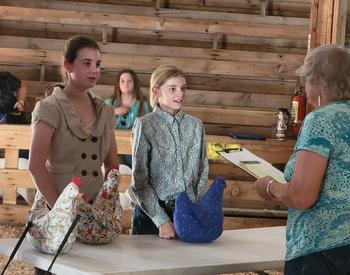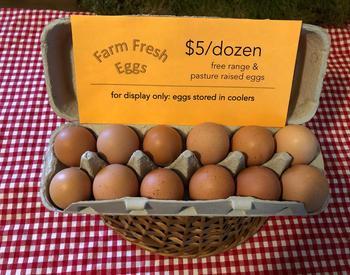Transcript
Welcome to Living on the Land, an award-winning source of useful information brought to you by your Oregon State University Extension Service.
Once you decide on the rabbit breed you want to raise, it's time to choose your first breeding stock. It's wise to have two or three does to every buck. With more than one buck, there is more genetic diversity, which can help correct any breeding flaws that may occur.
For a beginning operation, a producer probably would have six does and two bucks. Choose your rabbits from an established breeder who has a good reputation. The rabbits may cost more, but the breeder will have detailed records for you to examine, and they are more likely to have bred out traits that lower the meat's quality. Ask to see the parents of any litter you are thinking of buying.
The parents will give you some insight into what the young stock may look like when they mature. A doe with a large litter may look appealing, but a litter with fewer kits will usually grow larger and more steadily. Look for a doe that either has small litters or comes from a line that produces smaller litters. For better genetic diversity, go to several breeders to get your stock. This reduces the risk of inbreeding and genetic flaws that cause health concerns or poor meat production. Choose an individual breeding stock that has thick, sturdy bones. A thicker bone rabbit can support more muscle weight. The body should be as deep as it is wide.
Hips and shoulders should be similar in width, though the width of the hips generally tapers down to the shoulders. When you stroke a well-conditioned rabbit, your hands run smoothly over the body and don't catch on the bones that stick out because there's not enough muscle cover. Remember that a young rabbit will not have the same muscle development as a mature rabbit, and bones will slightly protrude. Most of the meat will come from the hind quarters, including the saddle, loin, and hind leg. Connect with local, regional, and national groups that focus on meat rabbit production.
The ARBA is a good place to start online at arba.net. Farmers markets and swat meats often have rabbit breeders who would be happy to help out a budding producer. However, sellers at these venues may not have pure bread stock. Farmers markets and swat meats also aren't held to certain standards of breeding quality. However, they are a tremendous source of knowledge when used together with more credible sources, such as sanctioned breeding operations or ARBA resources. For more information on raising rabbits for meat, contact your local OSU Extension Service agent or the ARBA.
This podcast is part of the Living on the Land series. It provides concise information on raising rabbits as a source of meat. Topics include choosing which breed to raise and selecting your initial breeding stock.
This is from the Living on the Land series. Download the related PDF - Living on The Land: Raising Rabbits for Meat—Getting Started
The phrase “Living on The Land” is used with permission from Living on The Land Stewardship for Small Acreage, © 2008, UNCE/WSARE.
